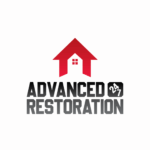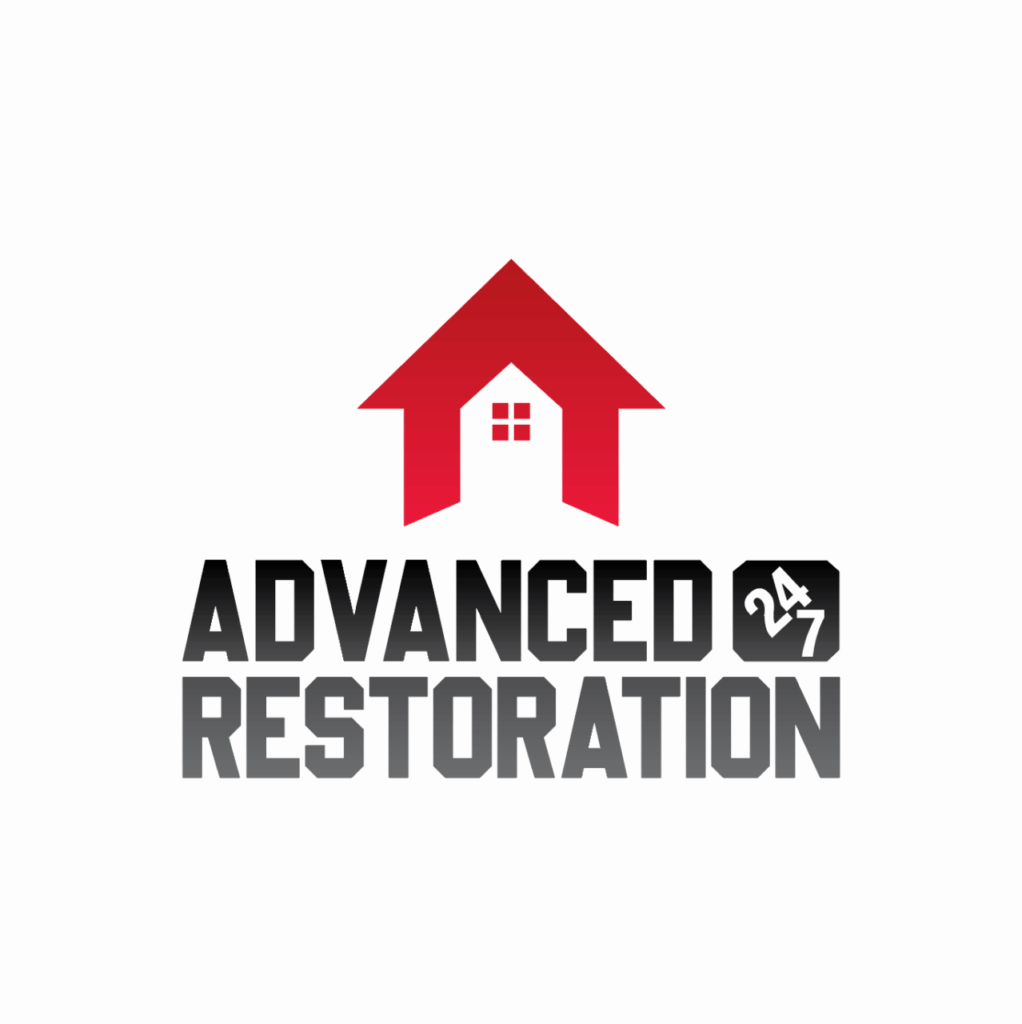When claiming flood damage on insurance, document all damage and losses in detail. Assess water damage thoroughly. Take note of affected areas like walls and belongings. Obtain repair estimates. Create an inventory of damaged items. Capture photos or videos. Contact your insurance company promptly. Learn about coverage and deductibles. Complete the claim form accurately. Include personal details, policy info, and incident description. Work with adjusters efficiently. Provide clear communication and documentation. Be cooperative and advocate for fair treatment. This will help expedite your claim process and maximize your settlement.
Key Takeaways
- Document extent of destruction and water damage for repair estimates.
- Create a detailed inventory of damaged items with photos.
- Contact your insurance company promptly to start the claim process.
- Fill out the claim form accurately with all the necessary details.
- Work with adjusters cooperatively for fair settlement terms.
Assessing the Damage
When appraising flood damage for an insurance claim, begin by documenting the extent of the destruction in detail. Evaluating the damage caused by water is essential in determining the repair estimates needed to restore your property.
Water damage can seep into various surfaces, causing structural harm and potentially leading to mold growth if not addressed promptly.
To accurately evaluate the water damage, take note of all affected areas, including walls, floors, ceilings, and personal belongings. Look for signs of discoloration, warping, or mold growth, as these indicate the extent of the damage. It’s important to capture this information through photographs and written descriptions to give your insurance company a thorough overview of the destruction.
Obtaining repair estimates from qualified professionals is crucial in the evaluation process. These estimates will help you understand the potential costs involved in restoring your property to its pre-damaged condition. Make sure that the repair estimates cover all aspects of the damage, including structural repairs, replacements, and any additional services required to mitigate further issues.
Documenting Losses
To secure a comprehensive flood damage insurance claim, meticulously document all losses incurred due to the water damage. Begin by creating a detailed inventory of all items affected by the flood. List each item, including its description, approximate age, and value. Capture photos or videos of the damaged items to provide visual proof for your claim. These visuals will help bolster your case and make certain you receive fair compensation for your losses.
In addition to the detailed inventory and photo evidence, provide thorough descriptions of the damage sustained. Note any visible issues, such as water stains, warping, or mold growth. The more precise you are in your descriptions, the simpler it will be for the insurance company to accurately assess the extent of the damage.
Obtain repair estimates for the damaged property. Reach out to professionals to evaluate the repair costs for items like furniture, electronics, or structural damage to your home. Including these estimates in your claim will give the insurance company a clear understanding of the financial impact of the flood damage. By documenting your losses thoroughly with a detailed inventory, photo evidence, thorough descriptions, and repair estimates, you increase the likelihood of a successful flood damage insurance claim.
Contacting Your Insurance Company
Make sure you promptly contact your insurance company to start the flood damage claim process. Your insurance company is there to help you navigate through the flood damage claim. Contacting them as soon as possible is essential to get the process started. When you reach out to your insurance company, they’ll guide you on the next steps to take. Remember, they’re your partner in this situation, and their expertise will be valuable in facilitating your claim.
During your conversation with the insurance company, make sure to inquire about your policy coverage. Understanding your policy will give you a clearer picture of what to expect regarding claim approval or potential claim denial. Additionally, ask about any deductible requirements you may need to meet before receiving coverage for the flood damage. This information will help you prepare financially for any out-of-pocket expenses.
Completing the Claim Form
Begin by thoroughly filling out the claim form provided by your insurance company. This is an essential step in the claim submission process to ensure a smooth and efficient handling of your flood damage insurance claim. Make sure to provide accurate and detailed information to avoid any delays in processing your claim. Here is a helpful guide on what to include in the form:
| Information Required | Details | Importance |
|---|---|---|
| Personal Details | Name, address, contact information | Helps identify the policyholder |
| Policy Information | Policy number, coverage details | Ensures correct policy is referenced |
| Incident Description | Date, time, cause of flood damage | Provides context for the claim |
| Damaged Property | List of affected items, extent of damage | Helps assess the loss accurately |
| Required Documentation | Photos, receipts, repair estimates | Supports your claim |
Gathering the required documentation, such as photos of the damage, receipts for damaged items, and repair estimates, is vital for substantiating your claim. Including these details will strengthen your case and increase the likelihood of a successful claim outcome. By completing the claim form thoroughly and providing all necessary documentation, you are taking proactive steps towards recovering from the flood damage effectively.
Working With Adjusters
Engage with the adjuster promptly to expedite the assessment of your flood damage insurance claim. When working with adjusters, it’s essential to understand their expectations and maintain clear communication throughout the process. Adjusters play a key role in evaluating your claim and determining the coverage you’re entitled to receive. By establishing good communication from the start, you can make sure that the assessment is thorough and accurate.
To effectively work with adjusters, consider their expectations regarding documentation and evidence of the damage. Be prepared to provide detailed information, including photos, receipts, and any other relevant records. This proactive approach can help streamline the assessment and potentially speed up the settlement process.
Regarding negotiation strategies, be respectful and cooperative while advocating for fair treatment. Communicate your needs and concerns, and be open to discussing different settlement terms. Remember that adjusters are there to assist you in reaching a fair resolution, so maintain a collaborative attitude throughout the negotiation process.
Review
After experiencing flood damage, remember to assess and document all losses before contacting your insurance company.
Completing the claim form and working with adjusters can ensure a smooth process and help you receive the compensation you deserve. Stay informed and proactive to navigate the aftermath of a flood effectively.
Advanced 24/7 Restoration’s mission is to provide unparalleled care and support to our valued clients. Delivering the best solutions for your property restoration needs. Our vision is to be the top-rated damage restoration company in Denver, known for our exceptional services, professionalism, and dedication to customer satisfaction. Water damage, fire damage, flood damage, and more.
- This author does not have any more posts


